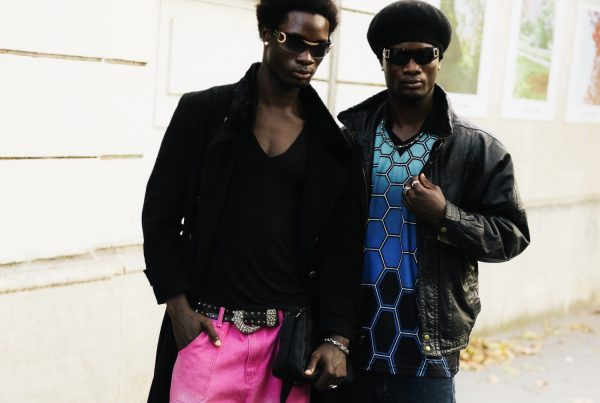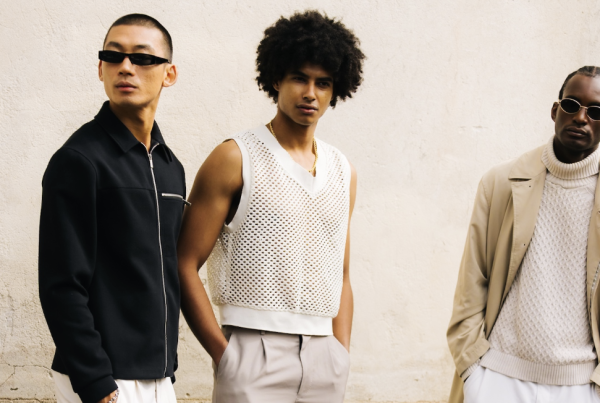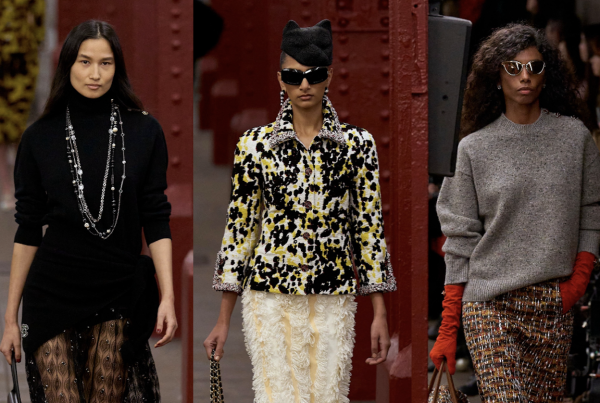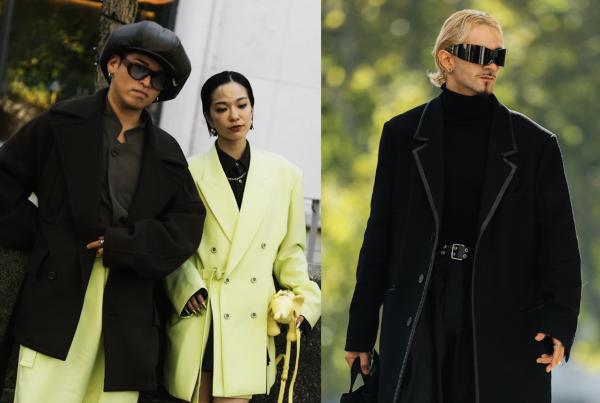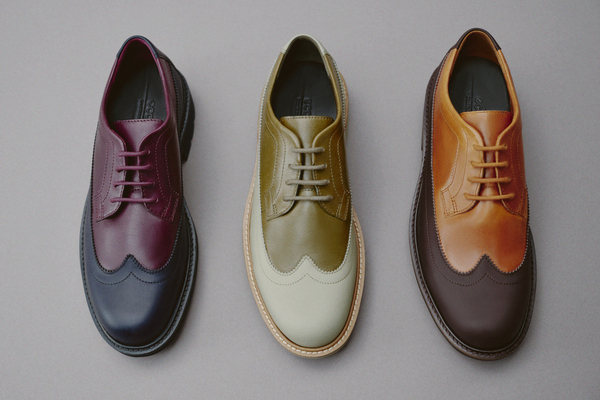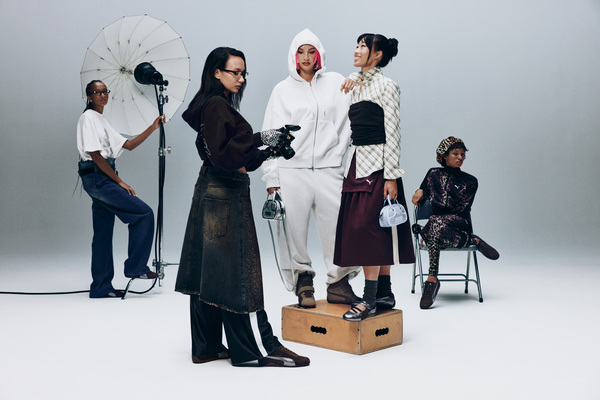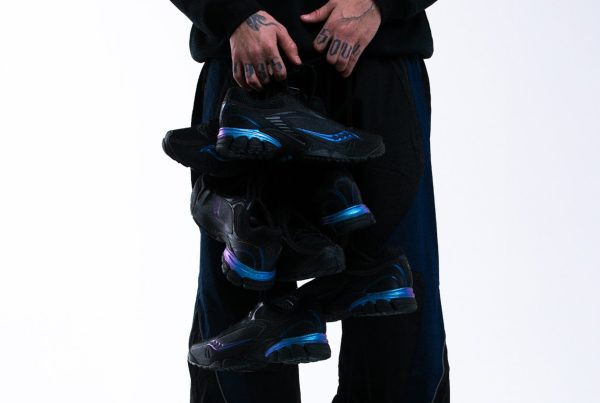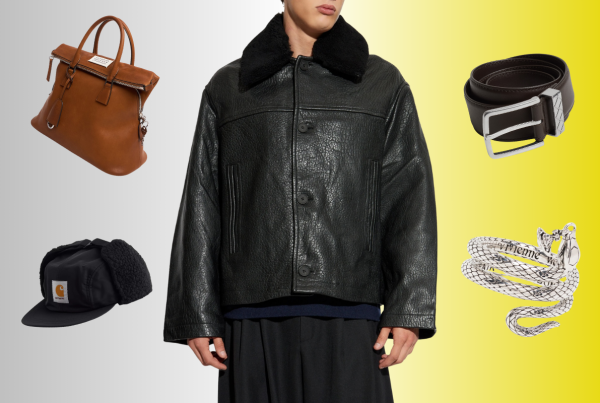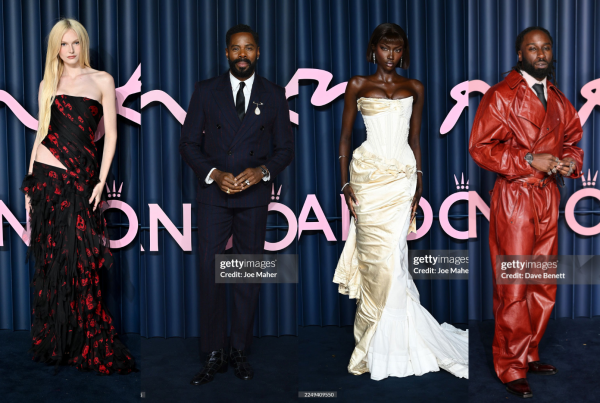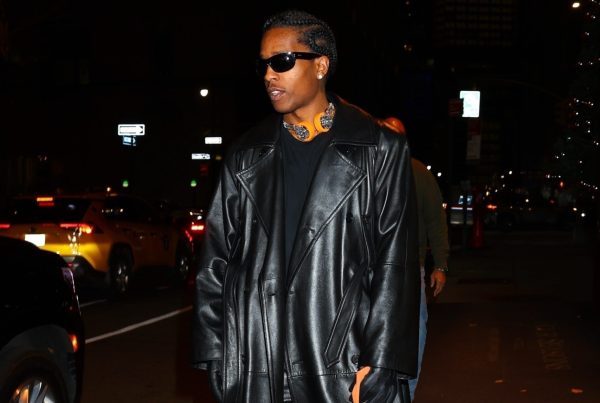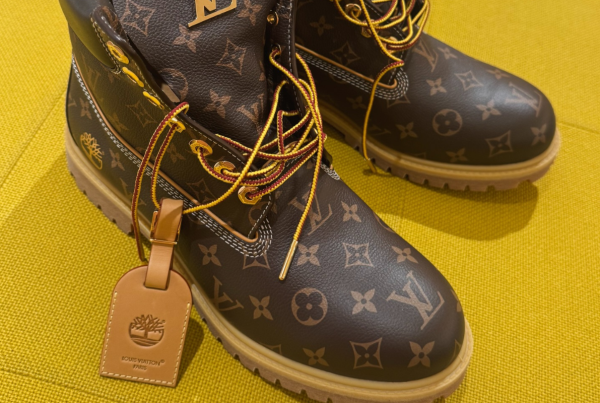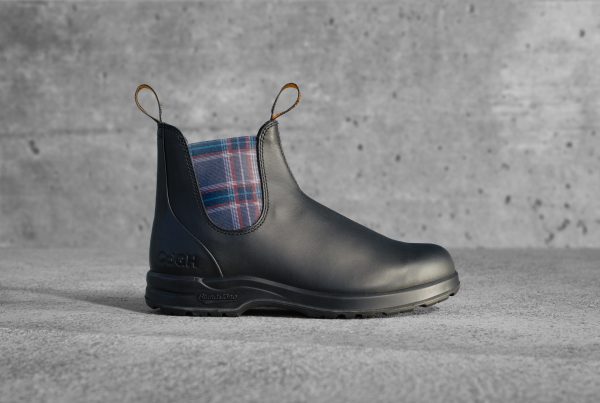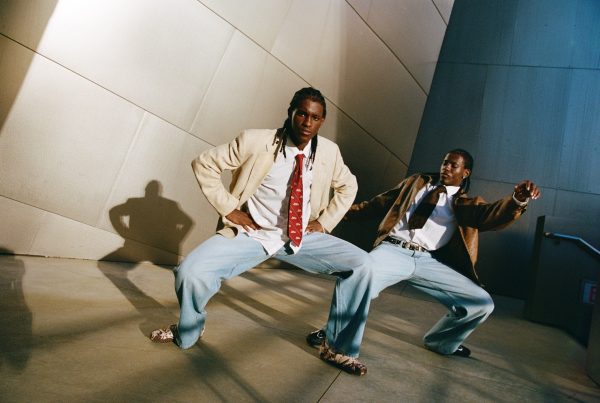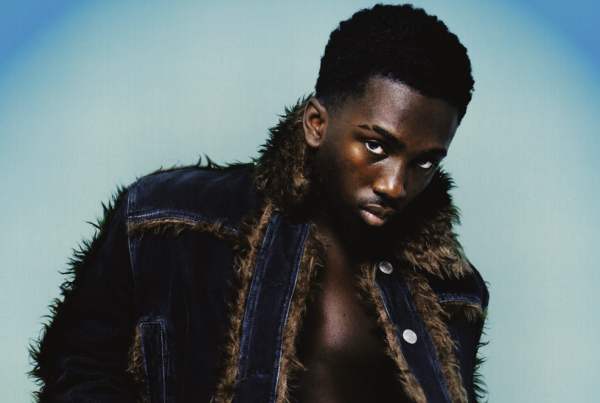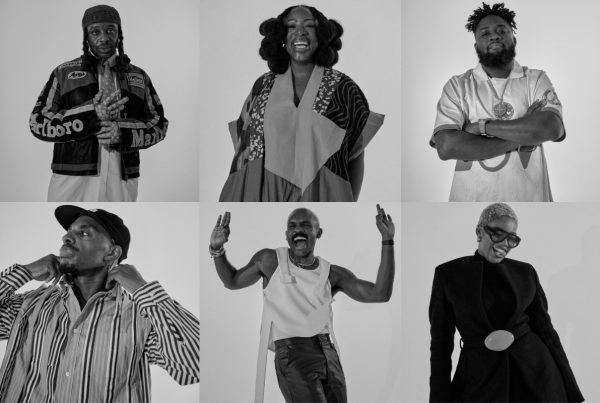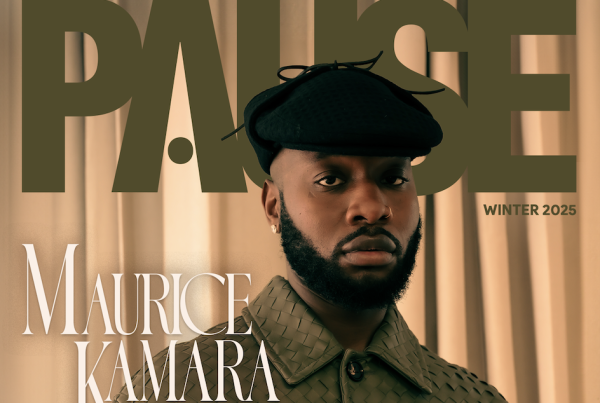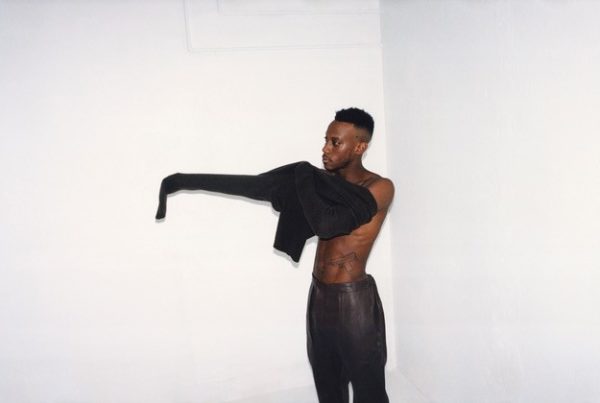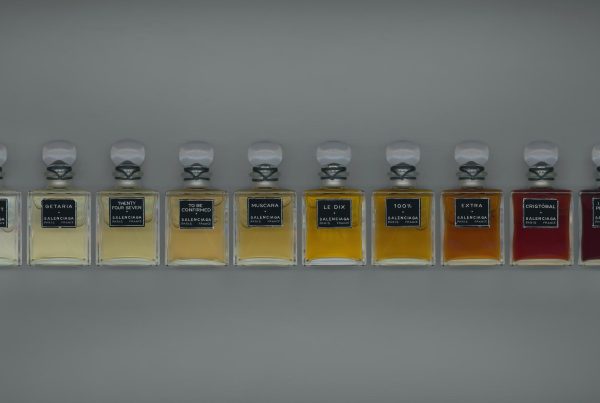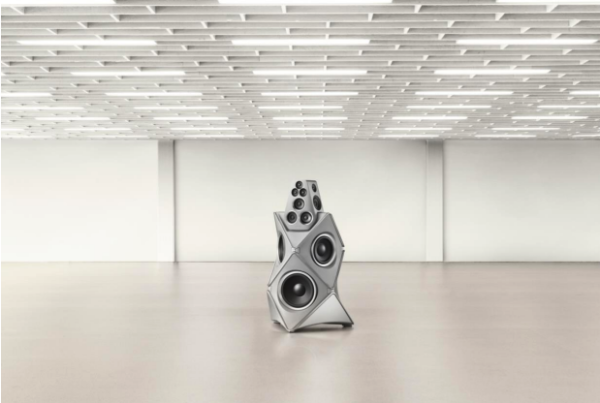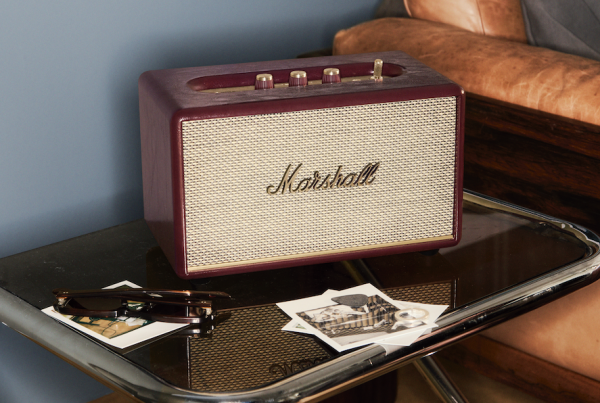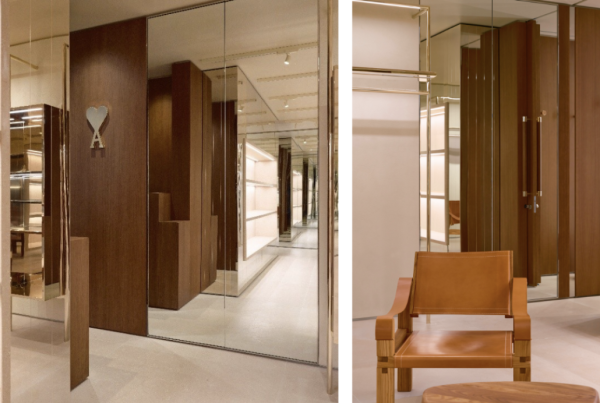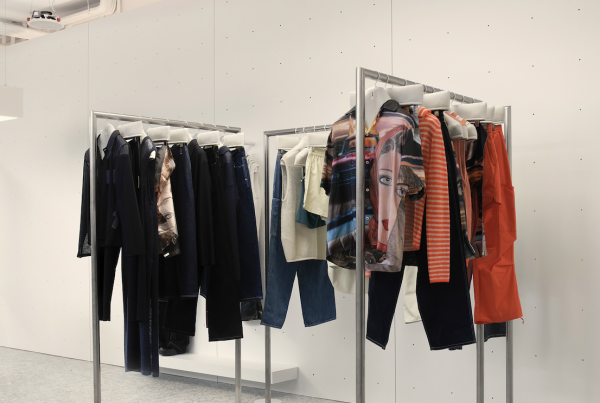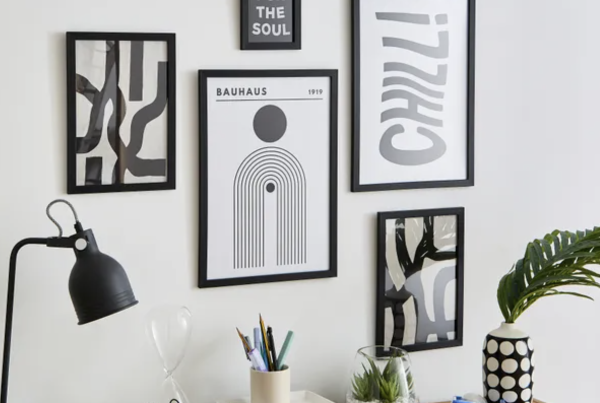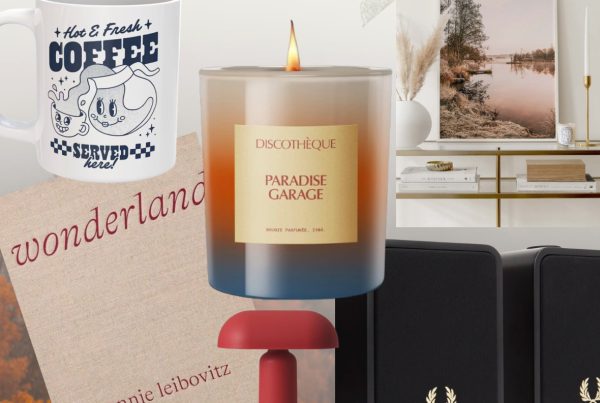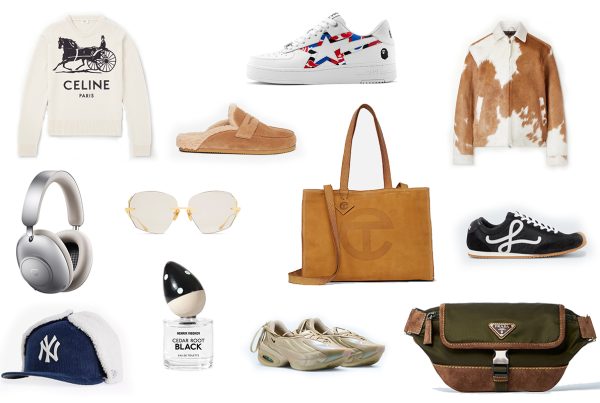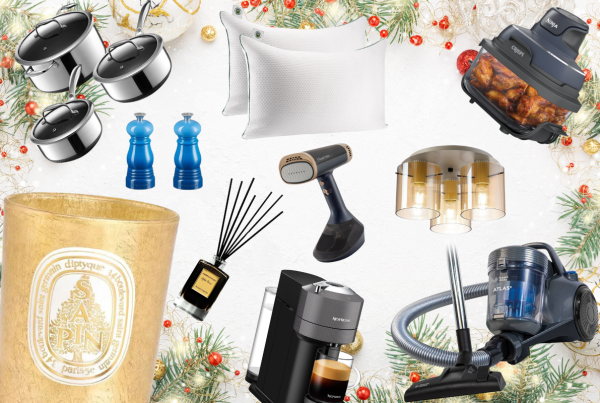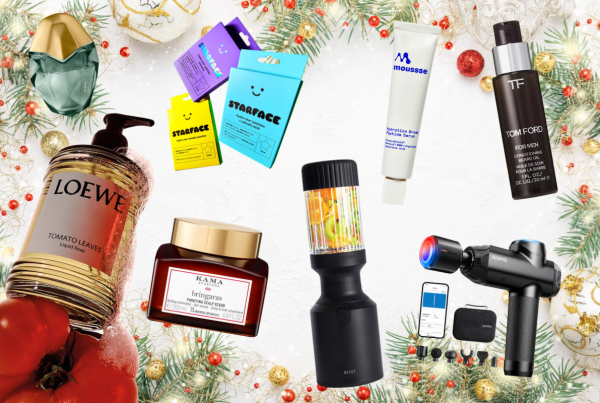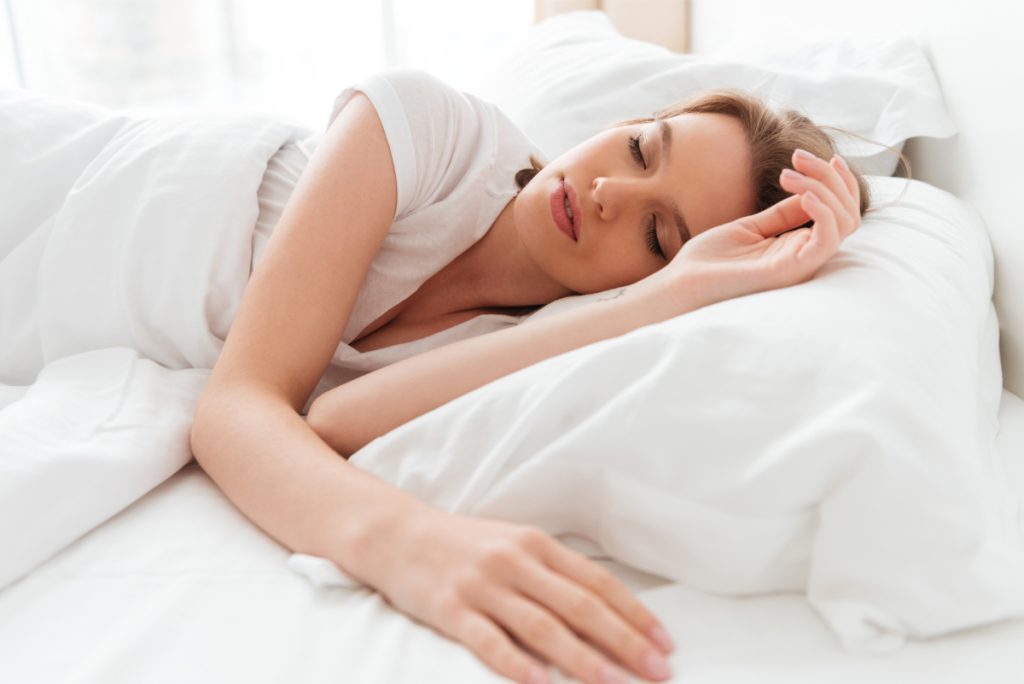 In today’s design-driven world, your sleep environment is more than a place to rest—it’s a carefully curated extension of your personal style. Just as you would select the perfect fabric for a statement coat or a signature handbag, your choice in bedding deserves equal attention. In 2025, fashion-forward interiors are embracing a new standard of comfort and sustainability, and at the center of this trend is bed linen Lumen – a harmonious blend of advanced textile technology and elevated aesthetics that transforms the everyday act of sleep into a luxury experience.
In today’s design-driven world, your sleep environment is more than a place to rest—it’s a carefully curated extension of your personal style. Just as you would select the perfect fabric for a statement coat or a signature handbag, your choice in bedding deserves equal attention. In 2025, fashion-forward interiors are embracing a new standard of comfort and sustainability, and at the center of this trend is bed linen Lumen – a harmonious blend of advanced textile technology and elevated aesthetics that transforms the everyday act of sleep into a luxury experience.
From thread counts to fiber types, from sustainable sourcing to subtle light control, every detail of your bedding contributes to your well-being and the overall ambiance of your bedroom. Whether you’re styling a minimalist Scandinavian sanctuary or a bold, boutique-inspired retreat, the right combination of fabric, lighting, and thoughtful care can turn your bed into your favorite place in the home.
Material Matters: Style Meets Performance
For those curating a serene, runway-worthy bedroom, choosing the right fabric is essential. High-thread-count cotton (300+) delivers long-lasting softness and a polished, tailored look. Meanwhile, linen’s natural breathability and relaxed drape make it the ultimate choice for warmer nights and minimalist interiors.
Fashion meets function in organic textiles. Think GOTS-certified cotton and bamboo blends—luxurious yet eco-conscious. As consumers gravitate toward clean, green materials, your linen can make a sustainability statement without compromising on softness or sophistication.
Style Tip: Choose a weave that matches your personal aesthetic. Sateen offers a silky, high-shine finish perfect for glamorous interiors, while percale brings that crisp, fresh-from-the-hotel feel.
Choosing the Right Fabric: Pros and Cons of Different Bed Linen Materials
When it comes to creating the perfect sleep environment, choosing the right bed linen material plays a major role. The fabric you sleep on can impact everything from comfort and breathability to durability and ease of care. With so many options available, it’s important to understand the pros and cons of each material before making your decision.
Here’s a breakdown of the most common bed linen fabrics and what you should know about each.
1. Cotton
Pros:
- Breathable: Cotton allows air to circulate, making it ideal for year-round comfort.
- Soft and Comfortable: High-quality cotton feels smooth and gets softer with each wash.
- Durable: Long-staple cottons like Egyptian or Pima are particularly long-lasting.
- Hypoallergenic: Naturally gentle on sensitive skin.
Cons:
- Wrinkles Easily: Unless treated or blended, cotton can wrinkle after washing.
- Can Shrink: May shrink in the dryer if not pre-shrunk.
- Varies in Quality: Not all cotton is equal—look for long-staple varieties for best performance.
2. Linen
Pros:
- Exceptionally Breathable: Great for hot sleepers or warm climates.
- Durable: Linen fibers are strong and can last for decades with proper care.
- Eco-Friendly: Made from flax, which requires less water and chemicals to grow.
- Gets Softer Over Time: Initially coarse, linen softens with each wash.
Cons:
- Wrinkles Easily: Linen has a naturally relaxed, rumpled look.
- More Expensive: High-quality linen can be a significant investment.
- Coarse Texture: May feel rough to those who prefer ultra-soft fabrics.
3. Bamboo (Viscose from Bamboo)
Pros:
- Silky Soft: Often softer than cotton, with a luxurious feel.
- Thermo-Regulating: Keeps you cool in summer and warm in winter.
- Hypoallergenic & Antibacterial: Ideal for sensitive skin and allergy sufferers.
- Sustainable Option: Bamboo grows quickly and regenerates without replanting.
Cons:
- Chemical Processing: Most bamboo fabrics are viscose, which involves chemical treatment.
- Can Be Pricey: Higher-quality bamboo linens come at a premium.
- Delicate: May require gentle washing to maintain texture.
4. Microfiber (Polyester)
Pros:
- Affordable: Generally less expensive than natural fibers.
- Wrinkle-Resistant: Keeps a smooth appearance with minimal effort.
- Durable and Stain-Resistant: Ideal for households with kids or pets.
Cons:
- Less Breathable: Can trap heat, making it uncomfortable for hot sleepers.
- Not Eco-Friendly: Made from petroleum-based materials.
- Can Feel Synthetic: May lack the natural softness of cotton or bamboo.
5. Silk
Pros:
- Luxuriously Soft: Smooth and cool to the touch.
- Hypoallergenic: Resistant to dust mites and mold.
- Good for Hair and Skin: Reduces friction and helps retain skin moisture.
Cons:
- High Maintenance: Requires hand washing or dry cleaning.
- Expensive: One of the most costly bedding options.
- Delicate: Prone to tearing or snagging.
Layering Like a Stylist
Layering is no longer reserved for fashion—it’s the secret to a well-dressed bed. Mix lightweight quilts with oversized duvets, add decorative throws, and finish with a mix of euro shams and accent pillows. For inspiration and layering essentials, browse your favorite bed linen site. The result? A bed that looks editorial, not ordinary.
Why it’s stylish: Layering brings richness and personality. It allows you to play with color, material, and proportion—just like in fashion.
Statement Details That Speak Volumes
Today’s bed linen collections feature unexpected design elements: contrast piping, exposed button closures, fringe accents, or minimalist embroidery. These subtle details add flair without overwhelming the space.
Why it’s stylish: Just like a statement accessory completes an outfit, small details elevate the entire look of your bed.
Sustainable Fabrics With Modern Appeal
Sustainability is the new black. Organic cotton, bamboo blends, TENCEL™, and hemp are not only good for the planet—they’re also incredibly soft, breathable, and elegant.
Why it’s stylish: Eco-conscious living is a lifestyle choice. Choosing sustainable bedding shows your commitment to thoughtful design—both in aesthetics and ethics.
Fashion-Influenced Design Philosophy
The best modern bedding brands take cues from fashion runways—offering seasonal collections, trend-driven patterns, and limited-edition color drops. Your bedding can now reflect current styles, just like your wardrobe.
Why it’s stylish: It lets you express your personal style in your most intimate space, and keeps your home feeling fresh and relevant.
Final Thoughts: Dress Your Bed Like You Dress Yourself
Fashion-forward bed linen proves that style doesn’t stop at your wardrobe. With the right color palette, fabric texture, and design details, your bed becomes a visual centerpiece—and a true reflection of your personal aesthetic.
So go ahead: mix that linen duvet with velvet shams, add a chunky knit throw, and don’t shy away from expressive colors or subtle shine. After all, style begins with how you sleep.




